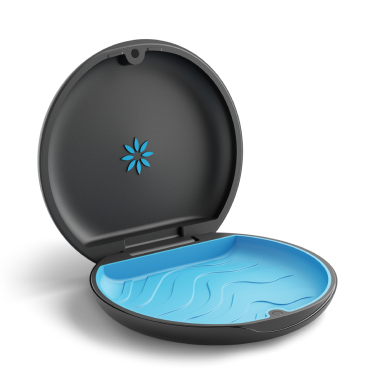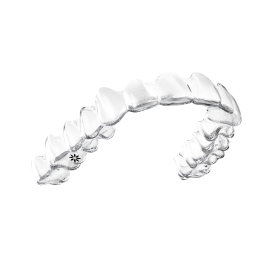invis is innovative treatment for growing teens.
Introducing Invisalign® Mandibular Advancement with Enhanced Precision Wings.
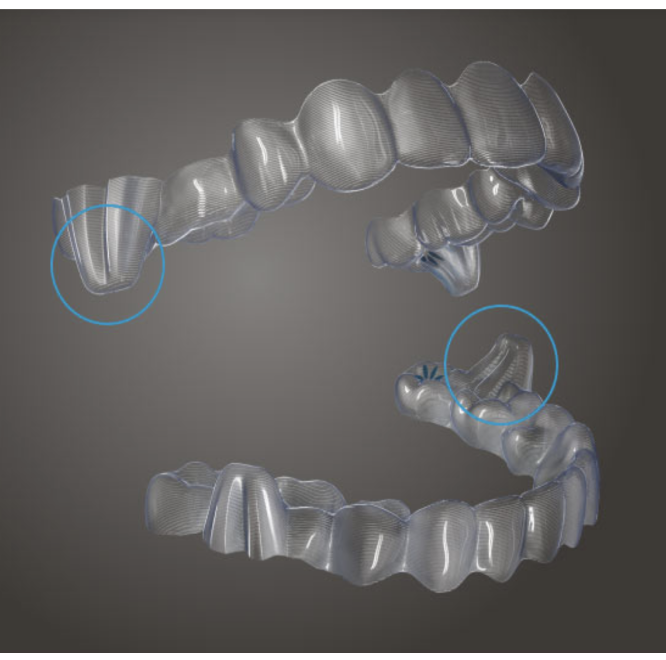



A more durable and patient-friendly way to treat Class II malocclusions.
Invisalign treatment with mandibular advancement is meant for tweens and teens presenting with retrognathic Class II malocclusions in permanent dentition or stable late mixed dentition. The special feature of enhanced precision wings for Invisalign treatment with mandibular advancement are integrated into the Invisalign aligners.
Building upon years of experience treating and analyzing Class II malocclusions, we have added even more innovation to the design with new enhanced precision wings for Invisalign treatment with mandibular advancement.
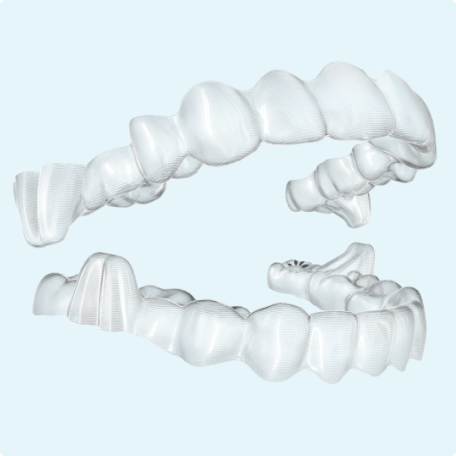



The benefits of Invisalign treatment with Mandibular Advancement with Enhanced Precision Wings.
Efficient treatment
Simultaneously moves the jaw forward while moving the patients’ teeth.
Patient comfort1
Patients report satisfaction and increased comfort when compared to traditional, fixed appliances.
Clinically proven2
A clinical trial with forty patients demonstrated Invisalign treatment with mandibular advancement is effective in treating Class II malocclusion in growing teens.
And now more durable3
Key changes to the wing design make the wings more durable.
Efficient treatment
Simultaneously moves the jaw forward while moving the patients’ teeth.
Patient comfort1
Patients report satisfaction and increased comfort when compared to traditional, fixed appliances.
Clinically proven2
A clinical trial with forty patients demonstrated Invisalign treatment with mandibular advancement is effective in treating Class II malocclusion in growing teens.
And now more durable3
Key changes to the wing design make the wings more durable.
Innovating the treatment of Class II malocclusions in growing teens.
94% of patients found their aligners remained seated and their enhanced precision wings were properly engaged based on preliminary results from patients in a clinical study of Invisalign treatment with mandibular advancement featuring enhanced precision wings.4




Featured case studies.
Learn more about Invisalign treatment with Mandibular Advancement with Enhanced Precision Wings.
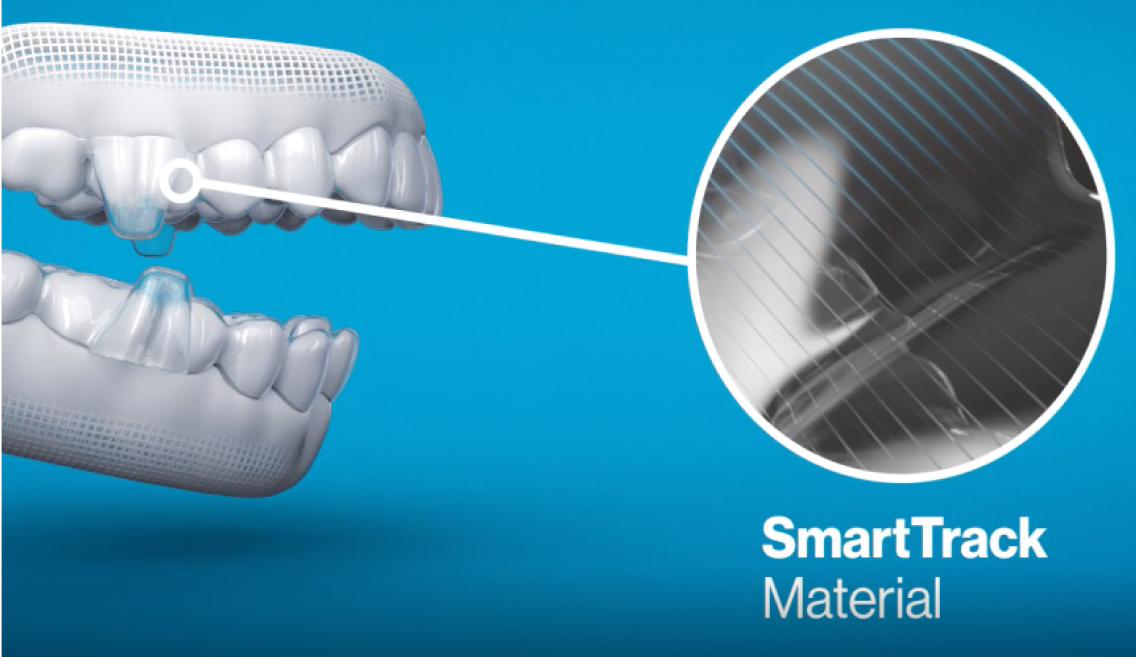

Clinical protocol and best practices
Record submission
Intraoral photos with additional photos for mandibular advancement (MA)
Pre-mandibular advancement (MA) phase (optional)
Purpose: Allow wing placement or to allow the first advancement to take place
Clinical treatment: Pre-MA will be automatically done in the following situations for successful precision wings placement
7 mm deep bite
20 degree molar rotationClass II Div 2 incisors first advancement, get to 2 mm overjet
Cross bite correction to obtain between -2 mm to 4 mm of posterior overjet
Or tooth movement per doctors’ instructions
Limited Clinical Preferences
Custom staging is not allowed so as to place precision wings as quickly as possible
Schedule appointment for:
Attachment placement
Mandibular advancement (MA) phase
Purpose: Prioritize the advancement of the mandible while allowing simultaneous tooth movement, which may be limited for teeth covered by precision wings
Clinical treatment: Class II correction, arch coordination, overjet reduction, teeth alignment and leveling
Precision wings to correct doctors specification of AP correction
Limited features underprecision wings
Limited Clinical Preferences
No custom staging
Schedule appointment for:
Patient education
Remove any attachments if used inpre-MA, otherwise not needed
If no pre-MA, attachment placement
Transitional phase
Purpose: Hold the mandible in advanced position while waiting for standard Invisalign aligners or Additional Aligners to be delivered
Clinical treatment:
Scan before you deliver transitional aligners
No additional tooth movement
Four stages of transitional aligners retain jaw at the corrected position
Standard Invisalign Treatment (additional aligners)
Purpose: Finalize occlusion
Clinical treatment: New records are submitted as standard Invisalign treatment through Additional Aligner orders
Clinical Preferences followed except delay of attachments (per regular Invisalign treatment)
Finish leveling the curve of Spee
Dentally correct any remaining Class II malocclusion
Coordinate and detail the arches
Schedule appointment for:
Attachment placement
Retention
Retention protocol to retain in Class I position to prevent relapse (e.g. Vivera® retainers)
